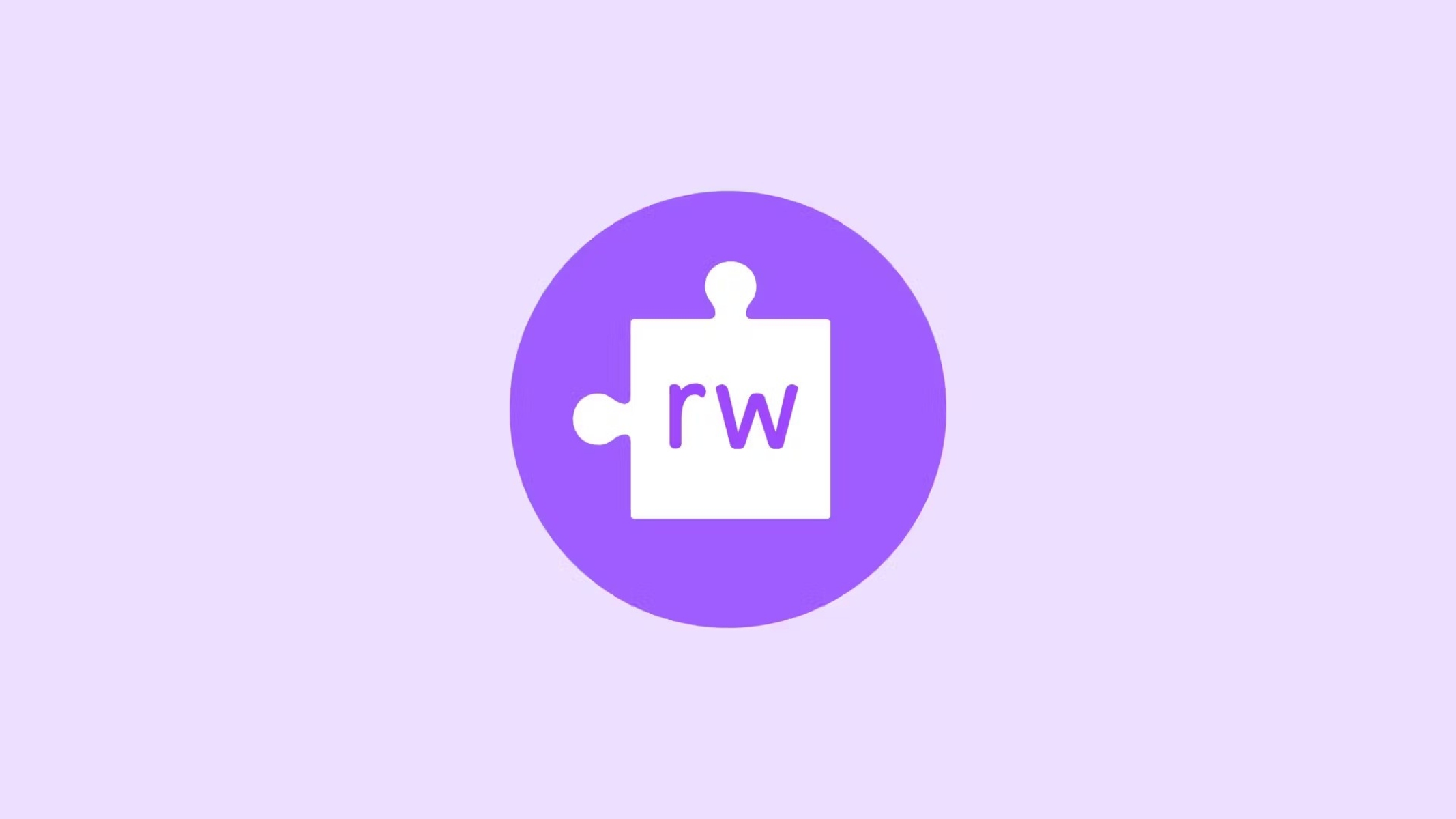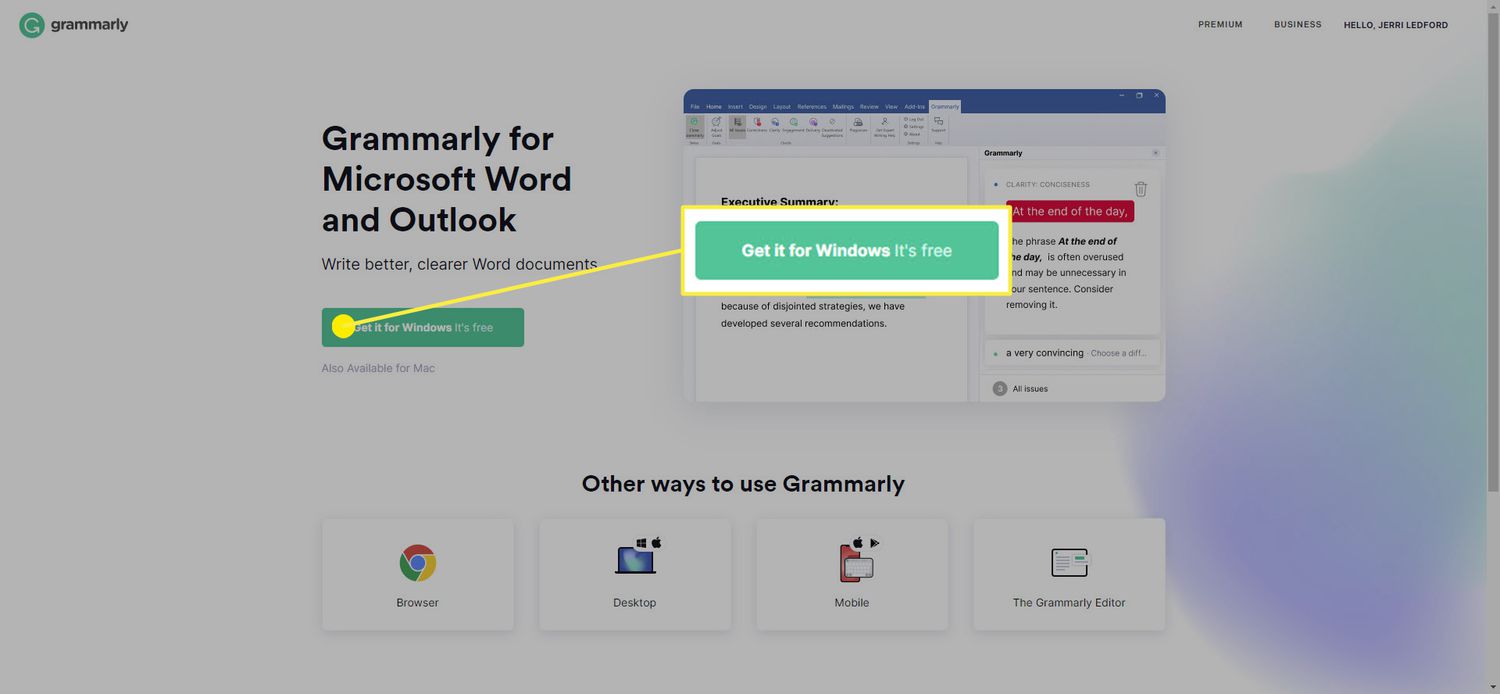Introduction
Welcome to this guide on removing words from Grammarly dictionary. Grammarly is a widely used online grammar checker tool that helps writers improve their writing by highlighting grammatical errors, suggesting corrections, and providing valuable insights. However, as useful as it is, there may be instances when certain words are mistakenly added to Grammarly’s dictionary, resulting in unwanted suggestions or ignoring legitimate errors.
In this article, we will explore the reasons why you might want to remove words from Grammarly’s dictionary and provide you with a step-by-step guide on how to do it. Whether you want to exclude specific terms, slang, or technical jargon that are not recognized by Grammarly or you simply want to fine-tune its suggestions according to your writing style, this guide will help you achieve that.
By having control over your personalized word list and removing unnecessary words, you can ensure that Grammarly continues to provide relevant and accurate suggestions, enhancing your writing experience. So, without further ado, let’s dive into the details and learn how to remove words from Grammarly’s dictionary.
Why Remove Words from Grammarly Dictionary?
While Grammarly is a powerful tool for improving writing, there are several reasons why you may want to remove certain words from its dictionary:
- Improved Accuracy: Removing irrelevant or incorrectly added words from Grammarly’s dictionary ensures that the tool focuses on the right suggestions. By eliminating unnecessary suggestions, you can enhance the accuracy of the grammar checks and optimize the tool’s effectiveness.
- Personalized Writing Style: Every writer has their own unique writing style, which may include specific words or phrases that are not typically recognized by Grammarly. By removing these words, you can avoid distractions from suggestions that do not align with your writing style and improve the tool’s understanding of your preferred language usage.
- Eliminating Unwanted Suggestions: Sometimes, Grammarly may provide suggestions for words that are intentionally used in a certain context, such as slang, technical terms, or brand names. By removing these words from the dictionary, you can prevent Grammarly from flagging them as errors or offering alternative suggestions, ensuring that your intended language choices are respected.
- Fine-tuning Grammarly’s Recommendations: By removing specific words, you can help Grammarly focus on more specific areas of improvement. This allows you to prioritize certain grammar rules or writing goals, tailoring the feedback to suit your needs. It also helps you avoid suggestions that may not be applicable to your writing style or intended audience.
By understanding the reasons behind removing words from Grammarly’s dictionary, you can make informed decisions and optimize the tool’s functionality according to your writing preferences and goals.
Step-by-Step Guide: How to Remove Words from Grammarly Dictionary
Removing words from Grammarly’s dictionary is a simple process that can be done through the Grammarly web or desktop application. Here’s a step-by-step guide on how to do it:
Method 1: Individual Word Removal
- Open the Grammarly application on your web browser or desktop.
- Click on the “Settings” icon or navigate to the “My Grammarly” section.
- Scroll down to the “Dictionary” section and click on it.
- Locate the word you want to remove from the dictionary.
- Next to the word, you will find a small trash bin or cross icon.
- Click on the trash bin icon to remove the word from the dictionary.
- The word will no longer be recognized by Grammarly, and you will not receive suggestions or corrections for it.
Method 2: Bulk Word Removal
- Open the Grammarly application on your web browser or desktop.
- Click on the “Settings” icon or navigate to the “My Grammarly” section.
- Scroll down to the “Dictionary” section and click on it.
- Click on the “Export” button to download a copy of your current dictionary.
- Open the downloaded file using a text editor or spreadsheet program.
- Delete the words you want to remove from the dictionary.
- Save the file after removing the desired words.
- Go back to the “Dictionary” section on the Grammarly application.
- Click on the “Import” button and upload the modified file.
- Grammarly will update your dictionary and remove the specified words.
By following these simple steps, you can easily remove individual words or perform a bulk removal from Grammarly’s dictionary, customizing the tool to better suit your writing needs.
Method 1: Individual Word Removal
Removing individual words from Grammarly’s dictionary is a straightforward process. By following these steps, you can remove specific words that you no longer want Grammarly to recognize:
- Open the Grammarly application in your web browser or desktop.
- Click on the “Settings” icon or navigate to the “My Grammarly” section.
- Scroll down to the “Dictionary” section and click on it.
- Locate the word that you want to remove from the dictionary.
- Next to the word, you will find a small trash bin or cross icon.
- Click on the trash bin icon to remove the word from the dictionary.
- Confirm the removal by clicking on the “Yes” or “Remove” button in the confirmation prompt.
- The word will now be removed from Grammarly’s dictionary and will no longer be recognized or considered for suggestions or corrections.
By using the individual word removal method, you can easily manage your personalized word list and ensure that Grammarly focuses on the right suggestions to enhance your writing. Whether you want to exclude certain industry-specific terms, informal language, or any other words that are not relevant to your writing, this method allows you to have full control over Grammarly’s dictionary.
Method 2: Bulk Word Removal
If you have a long list of words that you want to remove from Grammarly’s dictionary, using the bulk word removal method can save you time and effort. Follow these steps to remove multiple words at once:
- Open the Grammarly application in your web browser or desktop.
- Click on the “Settings” icon or navigate to the “My Grammarly” section.
- Scroll down to the “Dictionary” section and click on it.
- Click on the “Export” button to download a copy of your current dictionary.
- Locate the downloaded file and open it using a text editor or spreadsheet program.
- Within the file, you will find a list of words that are currently in your Grammarly dictionary.
- Delete the words that you want to remove from the dictionary.
- Save the file after removing the desired words.
- Go back to the “Dictionary” section on the Grammarly application.
- Click on the “Import” button and upload the modified file.
- Grammarly will update your dictionary and remove the specified words.
- Confirm the changes and wait for the import to complete.
By using the bulk word removal method, you can efficiently remove multiple words from Grammarly’s dictionary all at once, saving you time and allowing you to tailor the tool to your specific writing preferences. This method is especially useful if you have a long list of terms, jargon, or slang that you want to exclude from Grammarly’s suggestions.
Tips for Removing Words Effectively
When removing words from Grammarly’s dictionary, it’s important to do so strategically to ensure optimal results. Here are some tips to help you remove words effectively:
- Review your writing: Take the time to review your past writing samples and identify words that you want to exclude from Grammarly’s suggestions. This will help you create a comprehensive list of terms that are specific to your writing style or industry.
- Consider the context: Think about the context in which you typically use certain words. If they are industry-specific or technical terms that are not recognized by Grammarly, consider removing them so that you don’t receive unnecessary suggestions or corrections.
- Focus on personal preferences: Remove words that you don’t want Grammarly to flag as errors, such as slang, colloquial expressions, or stylistic choices that are intentional in your writing.
- Be mindful of reoccurring mistakes: If you consistently make the same errors with certain words and rely on Grammarly to catch them, consider keeping those words in the dictionary so that the tool can continue providing valuable suggestions.
- Regularly update your dictionary: As your writing evolves, you may come across new words or phrases that you want to add or remove from Grammarly’s dictionary. Make it a habit to review and update your word list periodically to ensure its relevancy.
- Be selective in bulk removal: When using the bulk word removal method, double-check the list of words you are deleting to ensure that you are not removing any terms that you actually want Grammarly to recognize. It’s important to strike a balance between customization and allowing the tool to provide valuable feedback.
By following these tips, you can effectively remove words from Grammarly’s dictionary, tailoring the tool to your writing style, preferences, and goals. Remember, maintaining an up-to-date and personalized dictionary will help you get the most out of Grammarly’s grammar checks and suggestions.
Word Re-Addition: Adding Previously Removed Words back to Grammarly Dictionary
If you have mistakenly removed words from Grammarly’s dictionary or if you want to reintroduce a previously removed word, don’t worry—there is a way to add them back. Here’s how you can re-add words to Grammarly’s dictionary:
- Open the Grammarly application in your web browser or desktop.
- Click on the “Settings” icon or navigate to the “My Grammarly” section.
- Scroll down to the “Dictionary” section and click on it.
- At the top-right corner of the dictionary page, there should be an option to “Add a word”.
- Click on that option to open a text field where you can enter the word you want to add back to the dictionary.
- After entering the word, click on the “Add” or “Save” button to include it back into Grammarly’s dictionary.
- The word will now be recognized again by Grammarly, and you will receive suggestions and corrections for it.
By following these steps, you can easily re-add previously removed words to Grammarly’s dictionary, ensuring that the tool recognizes them as valid words and provides accurate suggestions and corrections as needed.
It’s worth noting that the ability to re-add words will depend on the version of Grammarly you are using. Certain versions may have limitations on word re-addition, so it’s important to check the specific features and functionality available to you.
Remember, maintaining a balanced and personalized dictionary is key to optimizing Grammarly’s performance and making it a valuable tool for your writing process.
Conclusion
Removing and managing words in Grammarly’s dictionary allows you to fine-tune the tool to better suit your writing style and goals. Whether you want to exclude specific terms, slang, or technical jargon that are not recognized by Grammarly or you simply want to prioritize certain grammar rules, the ability to customize the dictionary is a valuable feature.
In this guide, we explored two methods for removing words from Grammarly’s dictionary: individual word removal and bulk word removal. The individual word removal method allows you to easily delete specific words from the dictionary one by one, while the bulk word removal method is suitable for removing multiple words at once by exporting and modifying a file.
We also discussed tips for removing words effectively, such as reviewing your writing, considering the context, and being mindful of reoccurring mistakes. These tips help ensure that the words you remove align with your preferences and writing style.
Furthermore, we highlighted the process of re-adding previously removed words to Grammarly’s dictionary. If you accidentally removed a word or changed your mind, you can easily add it back for Grammarly to recognize and provide suggestions and corrections.
By actively managing and customizing your dictionary, you can optimize Grammarly’s functionality and ensure that it consistently provides relevant and accurate suggestions. Remember to periodically review and update your word list to reflect your evolving writing style and preferences.
With these insights and steps, you now have the knowledge and tools to remove and manage words in Grammarly’s dictionary effectively. Use this guide to tailor Grammarly to your unique writing needs, enhancing the quality and clarity of your written work.

























